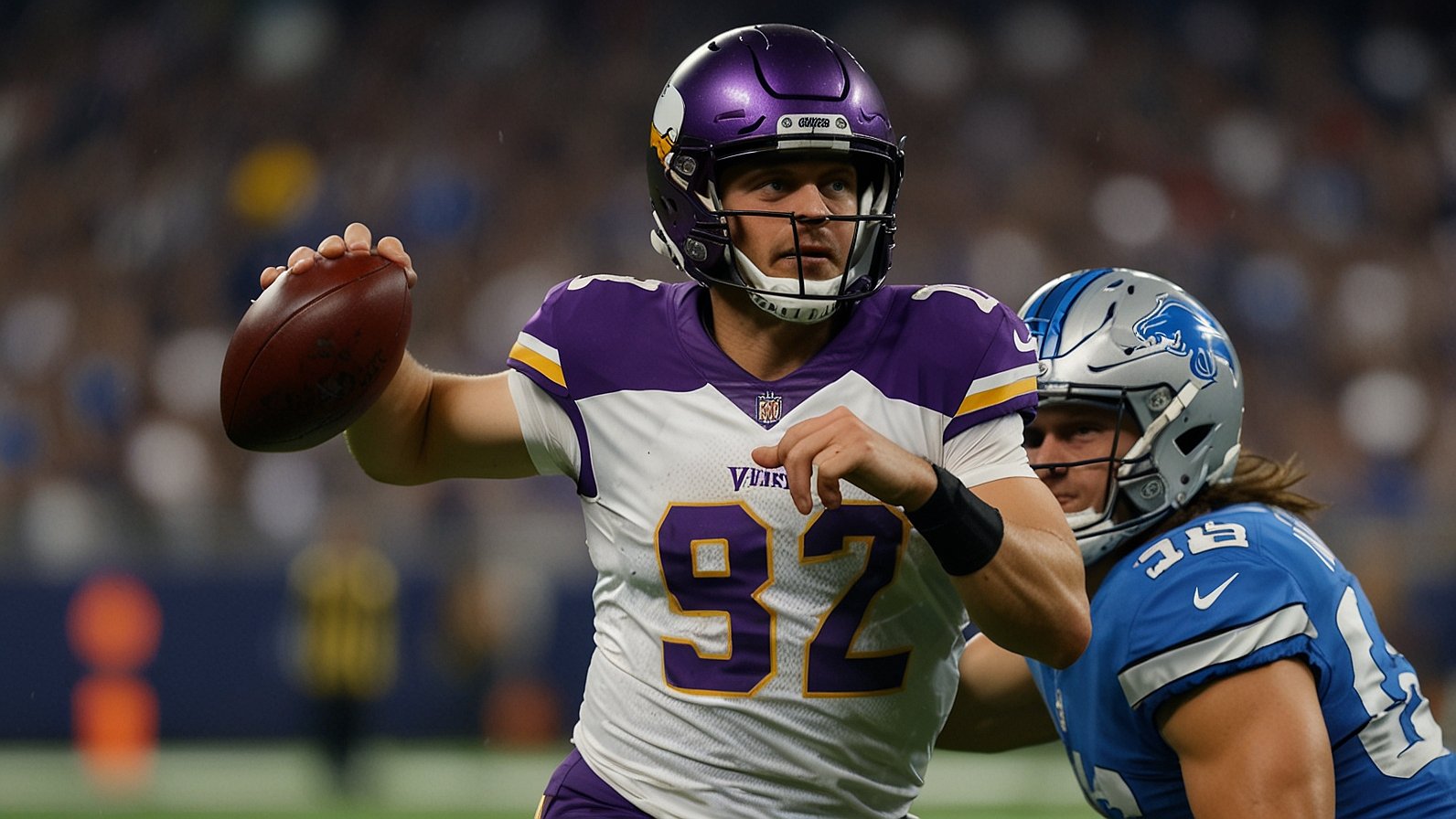Professional pickleball players don’t achieve their success by accident. They follow structured training regimens that develop every aspect of their game, from technical skills to mental toughness. Whether you’re looking to compete at higher levels or simply want to play like the pros, implementing professional training methods will accelerate your progress and elevate your performance on the court.
Building Technical Skills Through Purposeful Practice
Professional players understand that technique forms the foundation of consistent performance. Rather than simply hitting balls, they engage in deliberate practice that focuses on specific skill improvements.
Start each training session with fundamental stroke mechanics. Practice your serve by targeting specific zones on the court, focusing on consistent ball toss height and paddle contact point. Work on both power serves and placement serves, alternating between deep serves that push opponents back and short serves that draw them forward.
Develop your return of serve through repetitive practice against various serve types. Professional players can handle any serve because they’ve practiced returning serves hit with different speeds, spins, and placements. Set up drills where a partner varies their serving approach while you focus on maintaining consistent return positioning and stroke mechanics.
The third shot drop represents one of the most crucial skills in professional pickleball. Practice this shot from various court positions, working on both cross-court and down-the-line drops. Focus on consistent arc height and soft landing placement just over the net in the non-volley zone.
Developing Strategic Game Awareness
Professional players think several shots ahead, constantly positioning themselves for the next exchange. They understand court geometry and use it to create advantages throughout each point.
Study professional matches to understand positioning patterns. Notice how top players move after each shot, always seeking the most advantageous court position for the next exchange. They rarely hit a shot without considering where they need to be for their opponent’s likely response.
Practice situational awareness through specific drills. Work on transitioning from the baseline to the non-volley zone line efficiently while maintaining good court position relative to your partner. Professional doubles players move as a unit, maintaining parallel positioning that minimizes gaps opponents can exploit.
Develop your shot selection decision-making through pressure drills. Have a practice partner feed you balls from various positions while you must quickly decide between attacking, defending, or setting up the next shot. Professional players make these decisions instinctively because they’ve practiced them countless times.
Physical Conditioning for Peak Performance
Professional pickleball demands excellent physical conditioning that combines cardiovascular endurance, explosive power, and injury prevention. Top players maintain year-round fitness programs that support their on-court performance.
Incorporate interval training that mimics match intensity. Pickleball points involve short bursts of high-intensity activity followed by brief recovery periods. Design training sessions that alternate between high-intensity drills and active recovery periods to build sport-specific endurance.
Focus on lateral movement and quick direction changes through agility ladder drills and cone exercises. Professional players excel at covering the court efficiently because they’ve developed superior footwork and movement mechanics through dedicated training.
Strengthen your core and rotational power through exercises that transfer directly to paddle sports. Medicine ball throws, Russian twists, and wood chops build the rotational strength that generates power in groundstrokes and volleys.
Mental Training and Game Preparation
Professional players understand that mental strength often determines match outcomes. They develop mental skills through consistent practice and preparation routines.
Practice visualization techniques before training sessions and matches. Mentally rehearse successful shot execution and positive responses to challenging situations. Many professional athletes across various sports, such as Donald Young, have used visualization as part of their mental preparation routines.
Develop pre-point routines that help maintain focus and composure under pressure. Professional players use consistent routines between points to reset mentally and prepare for the next exchange. Practice your routine during training so it becomes automatic during competition.
Work on emotional regulation through breathing techniques and positive self-talk. Professional players maintain composure during difficult moments because they’ve practiced managing their emotional responses through systematic mental training.
Video Analysis and Continuous Improvement
Professional players regularly analyze their performance through video review and statistical tracking. They identify patterns in their play and work systematically to address weaknesses.
Record your practice sessions and matches for detailed analysis. Focus on specific aspects like court positioning, shot selection, and movement efficiency. Compare your technique to professional players to identify areas for improvement.
Track your performance statistics during practice and matches. Monitor metrics like first serve percentage, unforced errors, and winners from different court positions. Professional players use data to guide their training focus and measure improvement over time.
Structured Training Schedule
Professional players follow organized training schedules that balance skill development, physical conditioning, and recovery. They understand that consistent, progressive training produces better results than sporadic, intense sessions.
Plan weekly training schedules that include technical skill sessions, strategic practice, physical conditioning, and match play. Professional players typically train six days per week with structured rest and recovery periods.
Periodize your training to peak for important competitions. Professional players adjust their training intensity and focus based on their competition calendar, building toward peak performance for major tournaments.
Recovery and Injury Prevention
Professional players prioritize recovery as much as training. They understand that adaptation occurs during rest periods and that injury prevention extends their playing careers.
Implement proper warm-up and cool-down routines before and after every training session. Professional players prepare their bodies systematically to prevent injury and optimize performance.
Include regular massage, stretching, and mobility work in your training program. Professional players work with sports medicine professionals to maintain optimal physical condition and address minor issues before they become major problems. Training like a professional pickleball player requires commitment to structured practice, strategic thinking, and continuous improvement. Focus on developing technical skills through deliberate practice while building the physical and mental attributes that support peak performance. Remember that professional players achieve their success through consistent daily efforts rather than occasional intense sessions. Implement these training principles progressively, allowing your body and skills to adapt gradually while maintaining the dedication and work ethic that characterizes all professional athletes.
You May Also Like: The Zuyomernon System Basketball Mystery: What We Know










